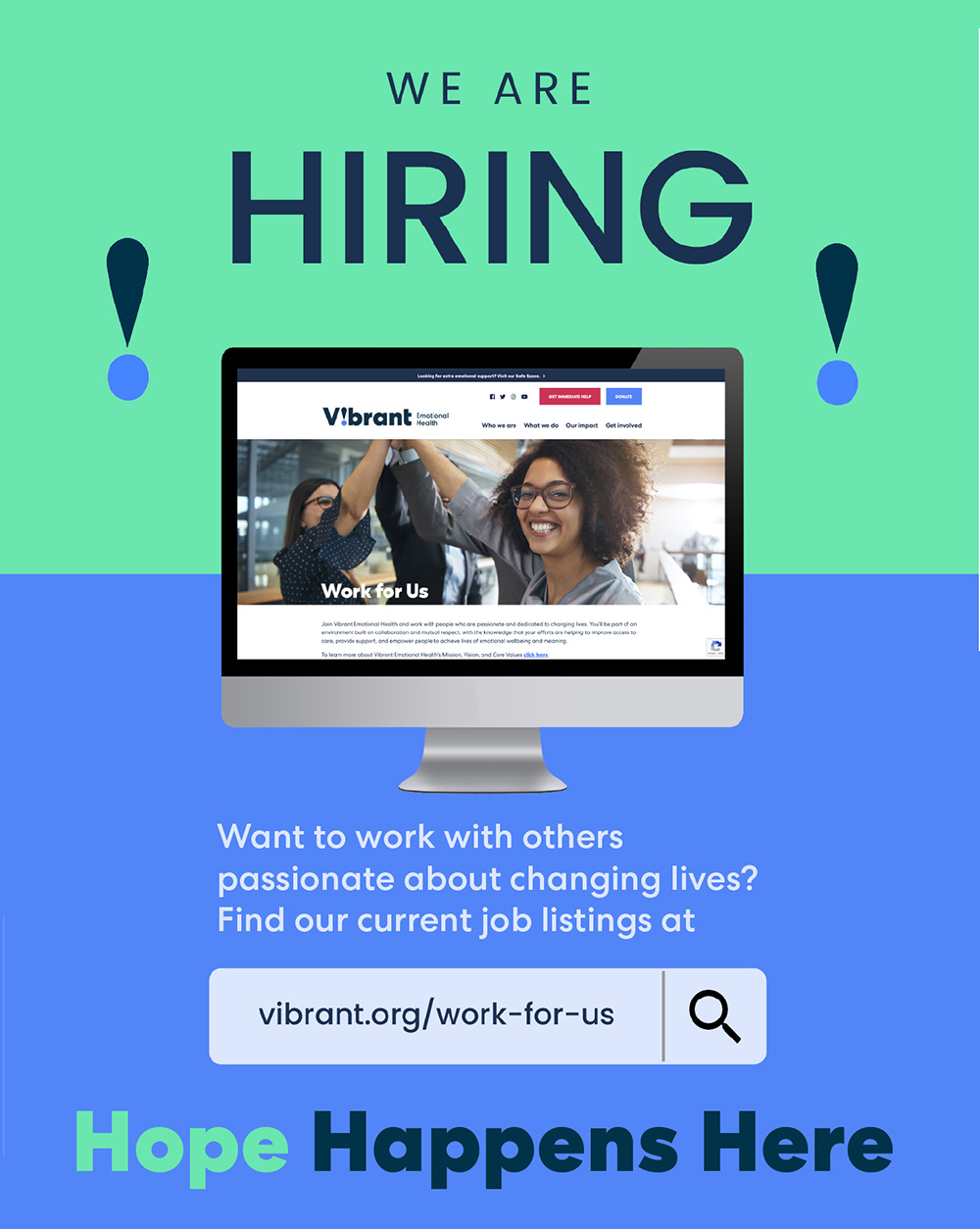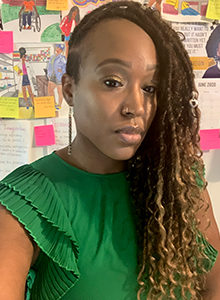Practitioners, despite our best intentions, may unconsciously foster stigma by downplaying or not recognizing the ways in which power dynamics, implicit bias, stereotypes, and lack of cultural humility can all build barriers to care.

To illustrate the stigmatizing potential of a practitioner’s implicit bias, let’s consider the following scenario:
Leila, a 16-year old Black youth, has been referred to your community mental health clinic by school personnel. She is one of four siblings, two of whom have the same father. Leila and her second oldest sibling have different fathers. Leila’s mother married the father of her youngest two children. Over the past six months, Leila’s mother and stepfather have increasingly argued about finances and other matters, and there has been a tense atmosphere in the home. Recently, Leila’s mother filed for divorce from her husband. Leila has been nodding off in her classes and has been more irritable than is typical for her. She has been spending her lunch periods by herself and has snapped at her teachers several times, receiving detention on two occasions. After the first few meetings with Leila, she reports that her menstrual cycle was delayed by two weeks, and she thinks she is pregnant. A week later, during your next meeting with Leila, she reports that she had a false alarm and is not pregnant after all.
As you read about Leila’s presenting concerns and history, what are your immediate thoughts? What assumptions are you making about this young person? What assumptions and judgments are you making about her family? Are any of the assumptions or judgments stemming from any bias or stereotypes associated with race, gender, or sexuality?
Practitioners are trained, ideally, to enter into the therapeutic relationship without bias. We are often taught that our knowledge of theories and conceptual models about human behavior supersede the lived experiences of people we are charged with providing care and mitigate the potential of practitioner bias when providing services. While this is taught to us as the ideal of practice, the reality is that we all have our own personal histories and social values that dictate how we perceive and process information. These internalized ideas and values contribute to implicit bias, defined as when we have attitudes towards people or associate stereotypes with them without our conscious knowledge (https://perception.org/research/implicit-bias).
As you continue to build a relationship with Leila, you learn more about her recent life circumstances. Leila reports that the stress of witnessing the constant arguing between her mother and stepfather led her to leave the house during the evenings, when the arguments were most frequent. Leila frequently sought comfort from one of her oldest friends, a young man she has known since elementary school. She began spending time with him in his room, talking about what was going on at home and her feelings about it. He listened to her without judgment. They grew close over the past six months. Their parents didn’t question the amount of time they were spending together because they were longtime friends. They eventually had sex without using protection.
As you learn this new information, what are your immediate thoughts? What assumptions are you making about these two young people and their parents? Are you identifying any strengths and resources available to your client even as the challenges become clearer? What conclusions are you making based on this additional information?
Practitioners, despite their best intentions, may unconsciously foster stigma due to implicit bias. We are shaped by our upbringing and lived experiences. It presents itself in our journeys in therapeutic relationships with the people we serve. These biases also influence our experience of countertransference when working with our clients. While countertransference can be used to further our understanding of a client’s internal struggles and interpersonal dynamics, we may find it harder to make therapeutic use of countertransference if we don’t identify when our biases are affecting our clinical case formulations and interventions.
The scenarios likely brought up a number of emotions as you read and stopped to think about the questions that were posed. Implicit bias and negative attitudes toward certain groups of people impacts health care. Research shows that these unspoken biases can be changed, but first, one must recognize and actively work towards dismantling them. One model proposed by Jennifer Edgoose, MD, Michelle Quiogue, MD, and Kartik Sidhar, MD, aims to mitigate implicit bias through eight evidence-based tactics that is implicit. These tactics spell out the mnemonic IMPLICIT: Introspective, Mindfulness, Perspective-Taking, Learning to Slow Down, Individuation, Check Your Messaging, Institutionalize Fairness, and Take Two.1
Introspection is the deliberate quest to identify your own biases. An accessible means of doing so is through implicit bias tests such as those provided (without cost) by Project Implicit.
Mindfulness, a present-moment oriented approach to living and form of meditation with an abundance of online resources, is complimentary to this process as it increases self-awareness and can potentially reduce stress, shame and other challenging emotions that may arise through such inquiries.
Perspective-Taking, in this model, is more than hearing from your clients – it is the intentional and ongoing actions to expose and educate oneself to the thoughts and insights of people who have been marginalized or stereotyped. An easy access point is through the regular consumption of media that is generated from individuals and groups from different communities.
Learning to Slow Down is another intentional step that recognizes that part of caring for people means conscious consideration of the factors that may be affecting them – prior to meeting. By adding a short, reflective pause – no more than a minute or two – before your appointment, you can slow down and enter the space from a more informed perspective.
Individuation is the opportunity to see a person based upon who they are, not just the group or community to which they belong. If we maintain a continuous and genuine curiosity about just who the person in front of is, today, we can consistently find ways to deepen connection.
Check Your Messaging refers to the reality that we live in a world where antiquated terms that were born from bias are still being spoken. This technique is a remedy as it guides professionals to use evidence to not only inform their work, but also their words. A helpful practice is to have an ongoing inquiry such as “How do I know this is true?” to analyze the meaning and origin of the things we say, especially the phrases that have been with us for a while.
Institutionalizing Fairness is the willingness to question the familiar and see if it still has a place in an equitable and inclusive future. Organizations have an opportunity – and an obligation – to modernize their policies and practices to be considerate of diversity, equity, inclusion, and justice.
Take Two is a recognition that we are continuous learners about an individual’s culture and that humility, in this regard, can be healing, and can support the breakdown of potentially oppressive power dynamics. Power dynamics are always at play within any helping relationship, but adopting a stance of cultural humility and assuming that we are in a space of learning, rather than always knowing, helps to lessen barriers to connection between practitioners and the people they serve.
As mental health practitioners, we aren’t perfect, and we are going to make mistakes in our practice. Ideally, we learn from them in order to deepen our ability to engage and support the people we serve. Recognizing our implicit biases and internalized stereotypes is a lifelong journey, and we have an obligation to continue on that journey as we strive to provide the highest quality services. The IMPLICIT tool, among others, can be one framework to guide our practice working with the diverse communities in New York State and beyond.
Sa’uda K. Dunlap, LCSW, is Assistant Vice President of Equity and Belonging, Lisa Furst, LMSW, MPH, is Chief Program Officer, and John Orr, MA, LMHC, is Vice President of Programs at Vibrant Emotional Health.
Footnotes
- Hepworth, D. H., Vang, P. D., Blakey, J. M., Schwalbe, C., R., E. C. B., Rooney, R. H., Rooney, G. D., & Strom-Gottfried, K. (2022). Chapter 9. In Direct social work practice: Theory and skills (p. 168). essay, Cengage Learning.
Research: Science & perception. Perception Institute. (2016, September 14). Retrieved June 15, 2022, from https://perception.org/research/








